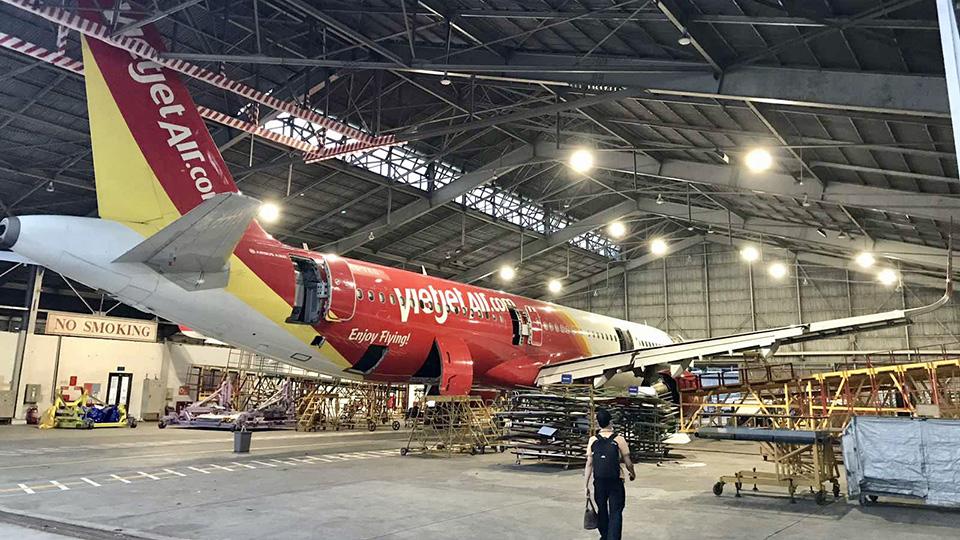
Since ST Engineering entered its joint venture with Vietnam Airlines Engineering Company (VAECO) for component MRO in 2019, it has continuously added capabilities in hydrostatic testing, slide reservoirs, skin air valves and electromechanical valves. In the next few years, it plans to add new capabilities in heat exchangers, oxygen cylinders, regulators, aero-structures, nacelles and brake repair for Boeing 787s.
“We expect our staff strength to grow 40-50% during this period,” a spokesperson adds.
The expansion of the ST Engineering-Vietnam Airlines joint venture will likely be only one element in the continued expansion of the country’s MRO infrastructure. The Civil Aviation Authority of Vietnam has forecast passenger traffic will grow 7.5-8.5% annually from 2021-30, and this pace is consistent with the expectations of Alton Aviation Consultancy, according to Director Joshua Ng.
Domestic MRO is likely to grow faster than traffic, as VAECO and others want to bring a larger share of MRO in-country. For example, given Vietjet Air’s growing fleet size, there could be strong arguments for this carrier to insource more maintenance support in-country for its own maintenance, Ng points out.
Ng sees growth coming from a combination of established MRO companies and MRO units of existing airlines. VAECO has a significant share of the market today, and ST Engineering’s continued additions of further component capabilities should reinforce VAECO’s position.
Vietnam’s major independent MRO is Southern Airport Aircraft Maintenance (SAAM), a joint venture between Southern Airports Corporation and SIA Engineering. Both companies declined to outline their growth plans.
Vietnamese aviation has mostly operated Airbus aircraft, but that is changing. Vietnam Airlines still operates mostly Airbus types, as does Bamboo Airways. However, Pacific Airlines’ fleet is split pretty evenly between Airbus and Boeing. Although Vietjet currently has an all-Airbus fleet, it has ordered 200 Boeing aircraft, half of which will be operated by a Thai subsidiary.
The other big upcoming change is the construction of Long Thanh International Airport, about 25 mi. northeast of Ho Chi Minh City Tan Son Nhat Airport. To provide MRO services and $120 million worth of hangars at the planned mega-airport, the Vietnam Ministry of Transport has received indications of interest from five providers, including VAECO, SAAM, and the maintenance arms of Vietjet, Bamboo Airways and Vietstar Airlines.
With the fifth fastest-growing global aviation market, which the International Air Transport Association expects will hit 150 million passengers by 2035, Vietnam’s demand is no problem for MRO investors. Ng says the only real challenges the country’s aviation industry faces are the globally familiar ones: supply chain and workforce.





